Apple Glasses rumor review: features, expectations, price and release date
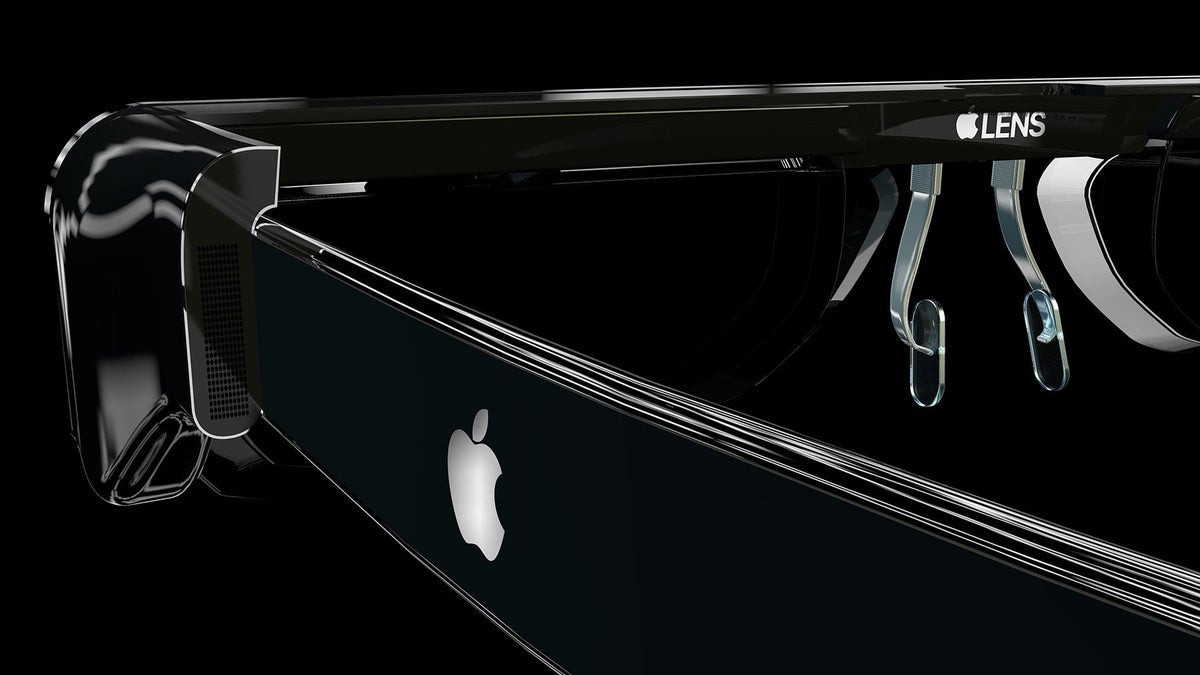
Apple Glasses concept by Antonio De Rosa
AR displays
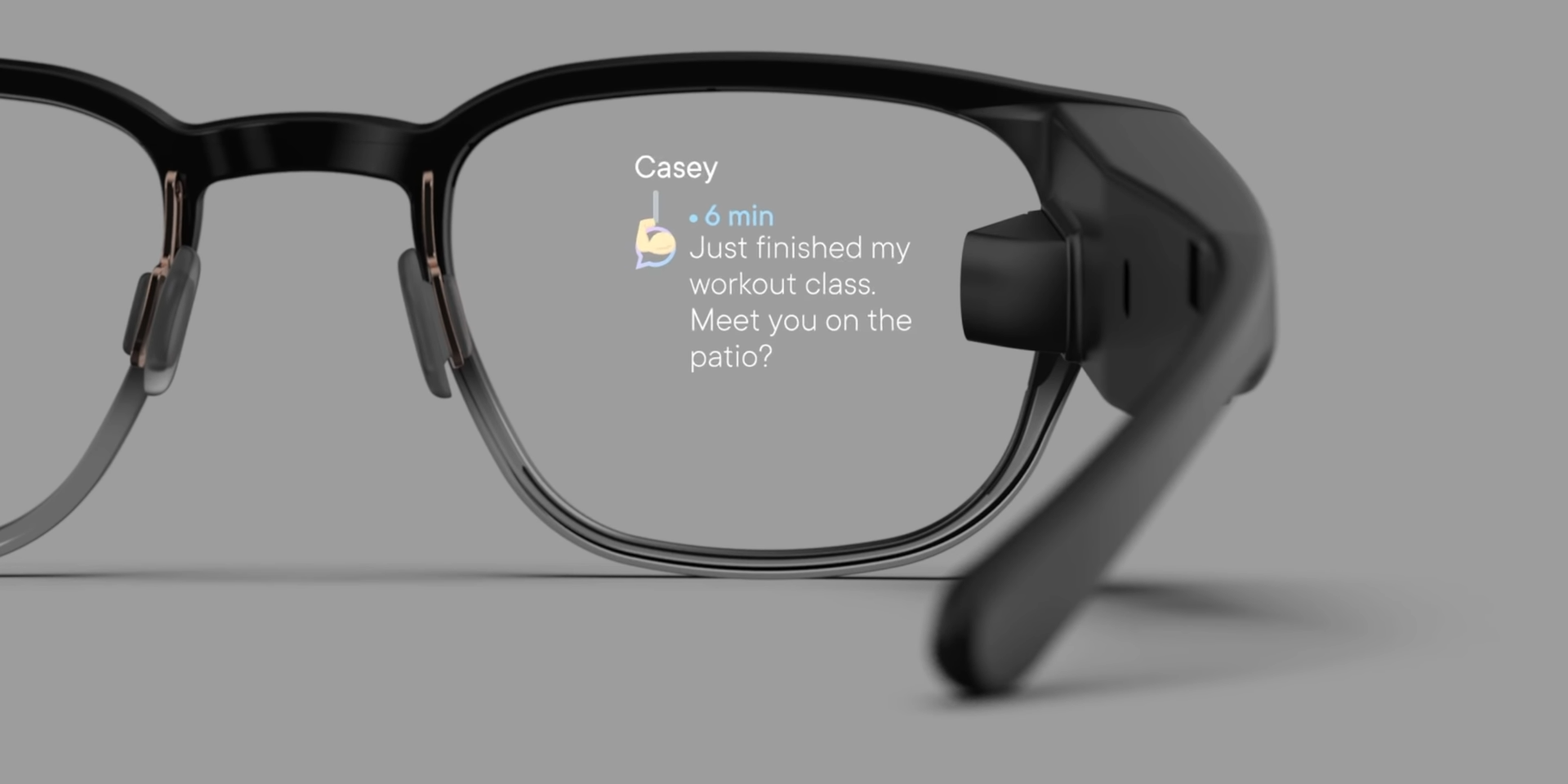
Apple Glasses concept by EverythingApplePro
An iPhone companion
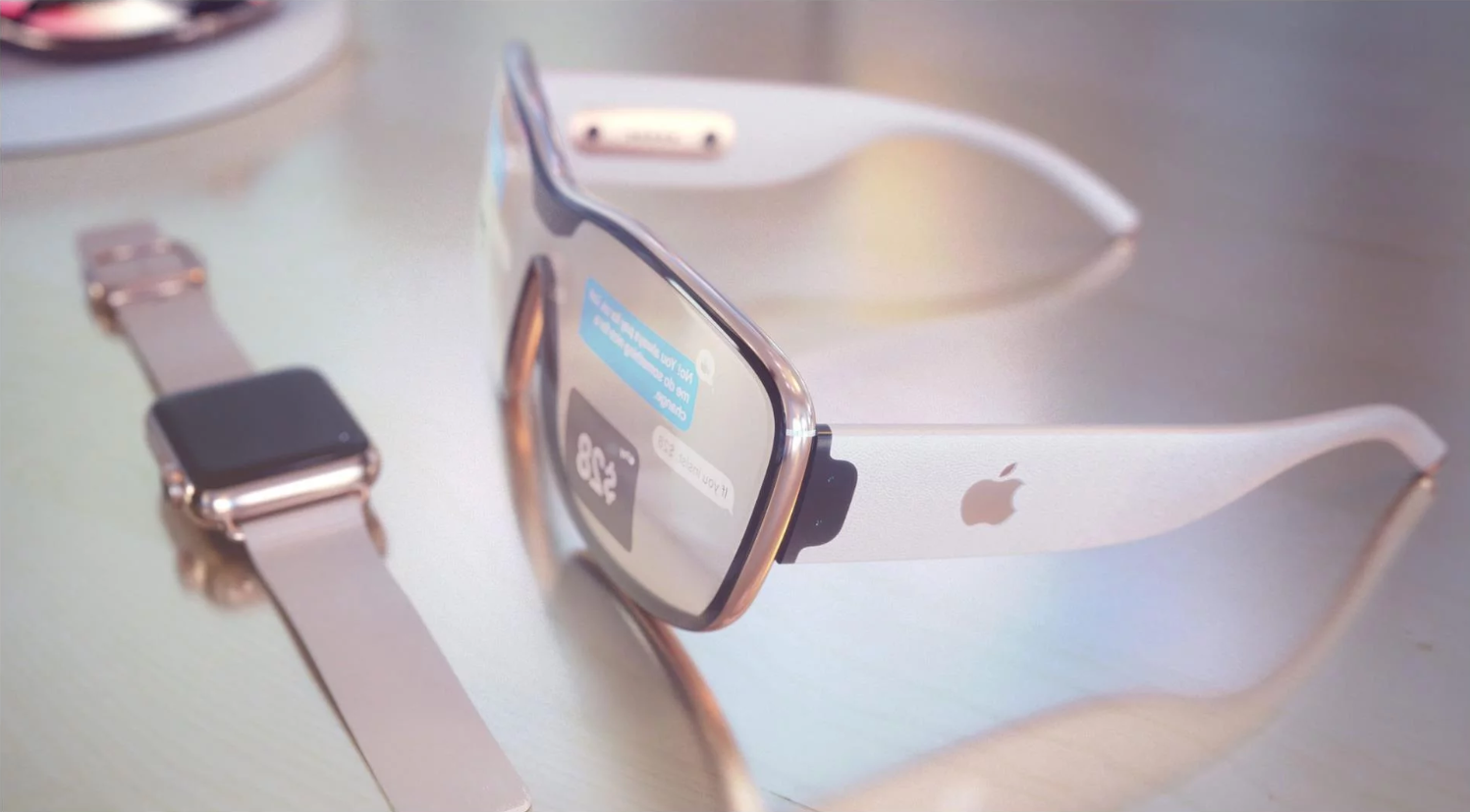
Apple Glasses concept by Martin Hajek for iDrop New
Through the phone, you’d be able to get a wide variety of content on your glasses. From obvious things like notifications, directions and news/weather updates to totally new experiences such as 360-degree video playback and virtual meeting rooms. For the last two, information from the device’s on-board sensors will be used to determine the position of your head in space to display the relevant imagery. Imagine sitting in an empty board room but when you look at the chairs you see people in them as if they’re right there with you. If Apple can pull something like that off, it will be truly a taste of the future.
Controls
Don’t expect to see any knobs or dials on the frames of the Apple Glasses (although that would be fun). Any controls you’d operate with your fingers will likely be touch-sensitive surfaces you can tap or swipe on. However, some rumors suggest that the glasses might come with a small handheld controller that will have buttons and perhaps a tiny joystick. Additionally, you’ll be able to use voice commands thanks to Siri just like you do with AirPods. Some speculations also include head gestures such as nodding and shaking. Will people be willing to randomly nod in the middle of the street is still up for debate.
Camera, no camera or something in between?
One issue people have with smart glasses of any sort is that if they have a camera you can never be sure if it’s recording or not. Obviously, that would be a serious concern for Apple as well, since it boasts privacy as one of the pillars of its business. Still, for AR to work, the glasses will have to pick up their surroundings somehow. That's why Apple seems to have opted to use LiDAR for its glasses. The company already introduced a LiDAR sensor on its latest iPad Pros and rumors suggest that this year's iPhone Pros will have one as well.
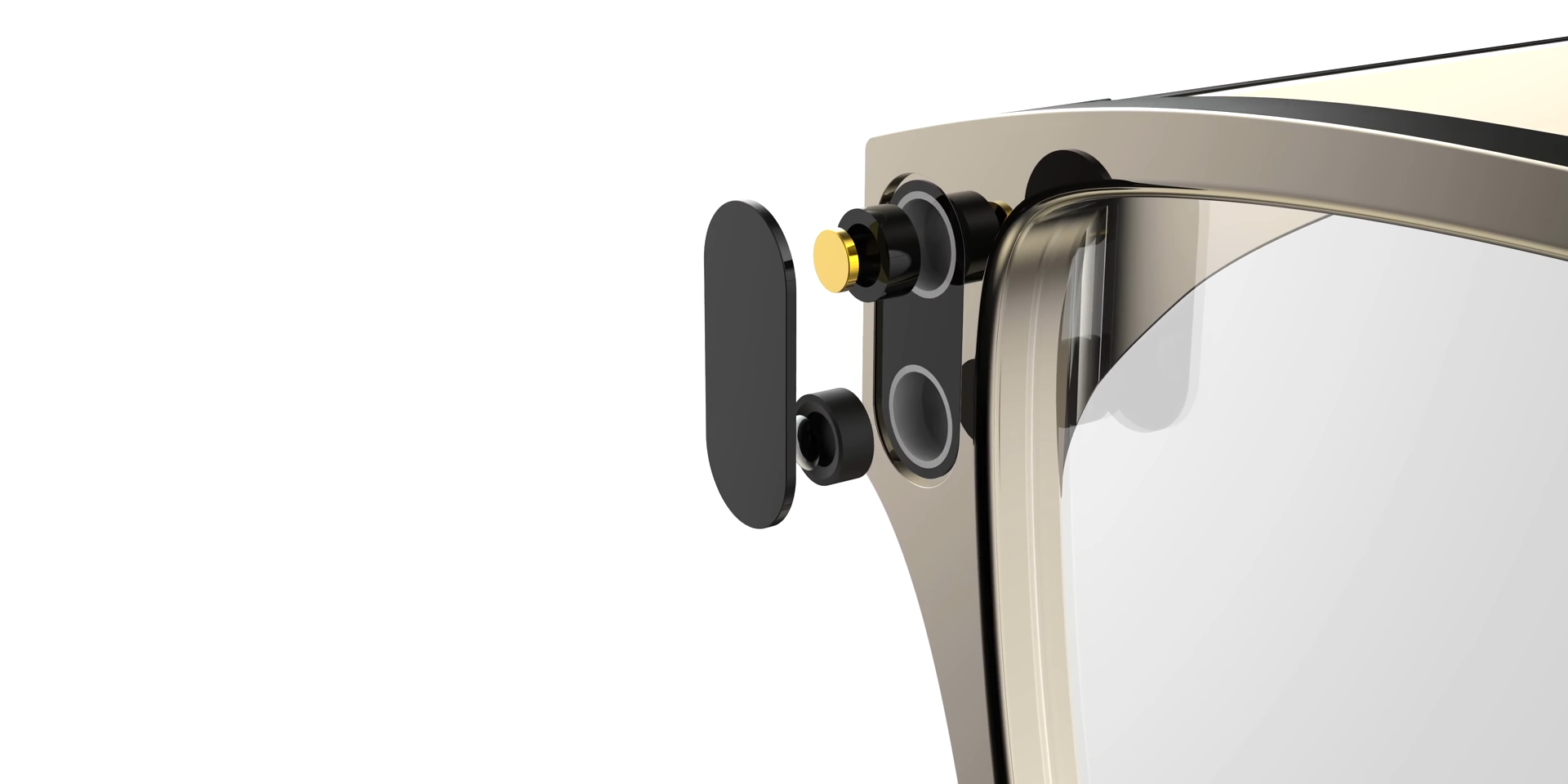
Apple Glasses LiDAR module concept by EverythingApplePro
Design
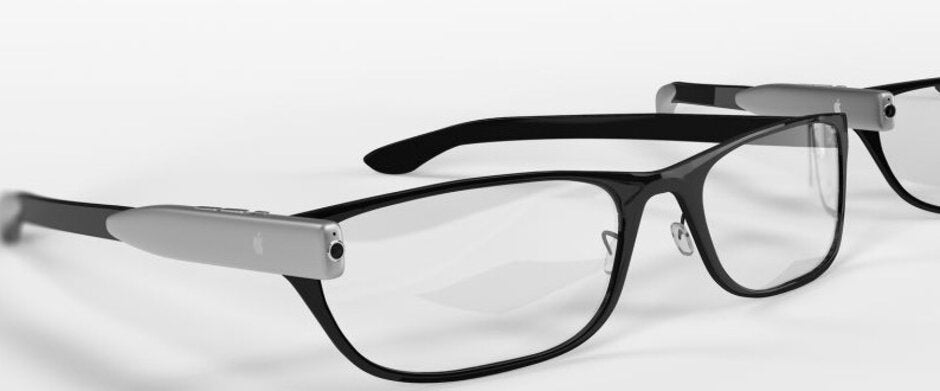
Apple Glasses concept
Despite the wild concepts that are circling the internet, more substantial leaks point out that the Apple Glasses will look like... regular glasses. As with most of its consumer products, Apple will be aiming for mass adoption. If the design of its AR glasses is too different from what we're used to, people might be reluctant to buy them.
The glasses will have a sleek metal frame, rumors say, with prescription glasses but no tinted ones for now.
Charging the Apple Glasses will most likely be done through a dedicated dock, but a wireless charging case is also mentioned in some rumors. Knowing Apple, the dock will be the in-box charging solution and the wireless charging case being sold separately. No talks about battery capacity and battery life just yet.
One reason renders of the Apple Glasses look so different is that there might be more than one AR product in development.
An AR headset family
Apart from the glasses we described above, there are hints that Apple might bring out one or two more products from that segment. Some rumors suggest that there might be a full-on VR/AR headset for use at home as a competitor of the Oculus Quest or the HTC Vive. Apple has dipped its toes in the gaming scene with Apple Arcade, so a VR section that’s exclusive to its own VR headset is not a far reach. Backing up those suggestions are codenames for AR headsets found within Apple’s ARDisplayDevice framework which comes with Xcode, the company’s software development tool. There are two names for AR headsets: “Frank” and “Luck”, and another one for a HoloKit codenamed “Garta”. The HoloKit could be something meant to be used in a work environment for professionals that work with 3D such as civil engineers, architects, interior designers and, of course, game developers.
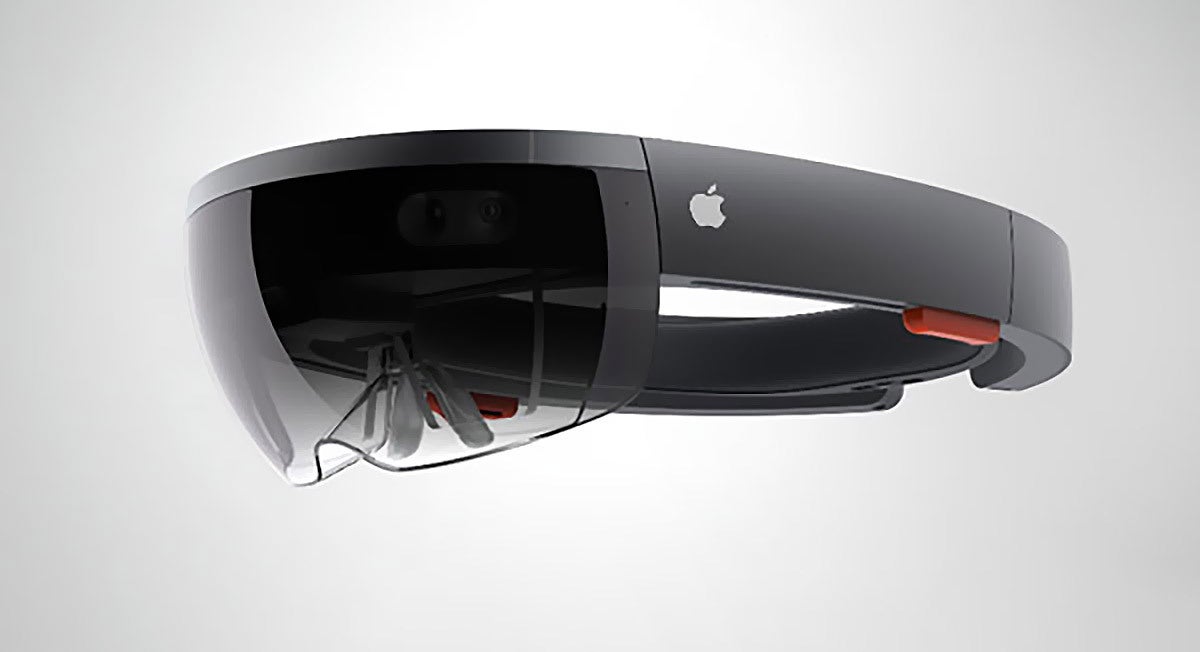
Another Apple headset concept this time coming from RedmondPie.com
Apple Glasses price and release date
Currently, there's serious talk only regarding the release of the standard, LiDAR-equipped glasses. Unsurprisingly, the COVID-19 pandemic has apparently pushed back the announcement and release of that product as well. There are contradicting reports, some suggest we might get the announcement as soon as this Fall, most likely during the iPhone 12 launch event. Others are saying an early 2021 event could be when we'll first hear about the Apple Glasses officially.
Either way, the announcement of this product will be far earlier than its actual release on the market. Right now, earliest estimates put the Apple Glasses launch in Q4 of 2021 with the first half of 2022 being a likely scenario as well.
When it comes to price, the information is surprisingly specific. According to Jon Prosser, the Apple Glasses will cost $499, with the prescription cost added on top of that. If that is true, it means they'll be surprisingly affordable. Prescription glasses and even sunglasses often cost a few hundred dollars.
Adding all the hardware required for the smart functionality should logically bump the price up quite a bit. However, glasses are known for their high profit margins so perhaps Apple is willing to take a profit hit to make its glasses more accessible.
We’ll update this rumor review as soon as new information becomes available so keep an eye for it if you’re interested in Apple’s “next big thing”.
We’ll update this rumor review as soon as new information becomes available so keep an eye for it if you’re interested in Apple’s “next big thing”.
Follow us on Google News















Things that are NOT allowed:
To help keep our community safe and free from spam, we apply temporary limits to newly created accounts: